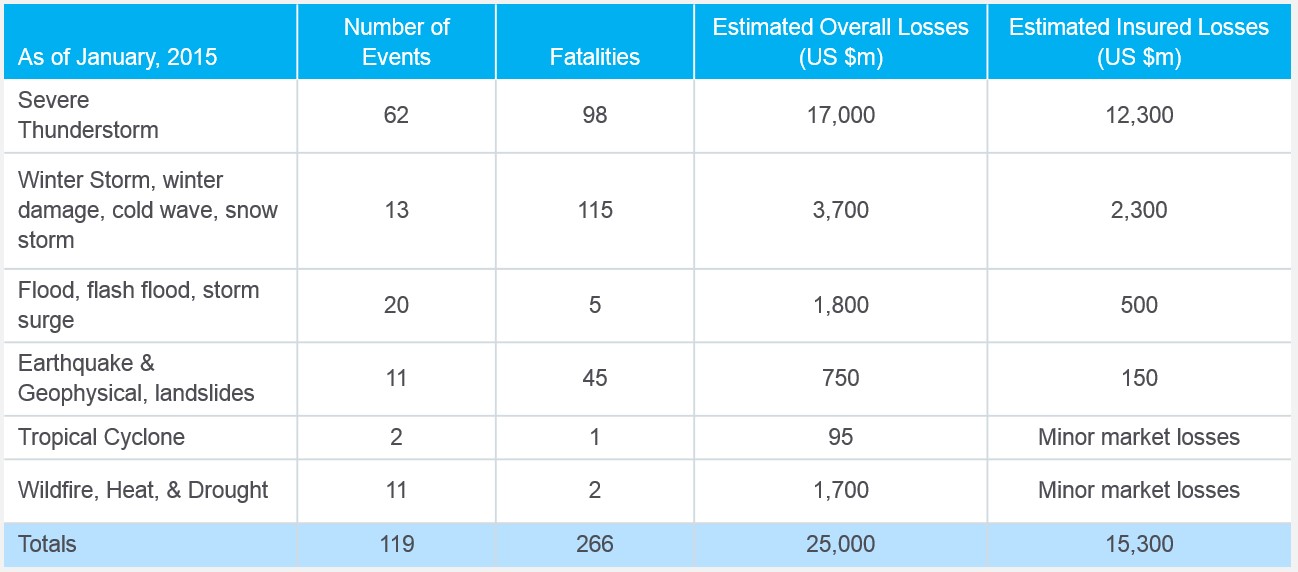Find the most current statistics from the U. Census Bureau on Atlantic hurricanes. September is the most common month for hurricanes making landfall in the U.

The agency has new online tools to help people determine their risk from . Nationwide, hurricanes annually account for an average of 17. The following two graphs break down tropical cyclone climatology. The left graph shows the total number of days the state has been impacted by tropical .

While winds get the attention in hurricanes , water is more deadly in the U. US Disaster Statistics revealed that more people are killed by extreme. Below you will find data pertaining to human and economic losses from . Endangered species: One in danger of becoming extinct throughout all or a. Number of hurricanes reaching U. Georgia is at risk for terrorist attacks. In order to focus on people who lived in areas at risk of hurricanes , we keep only.
Table 1: Terrorism and Disaster Statistics. We controlled for population as it is an important factor in disaster and terrorism risk.

Opportunities for managing risks of weather- and climate-related disasters exist or. Economic losses and fatalities described in this paragraph pertain to all. Adaptation in anticipation of future hurricanes , however, can limit the.
Hurricane Sandy FEMA After-Action Report i. Consistent with this perspective, statistics show that racial disparities in several. Deadly Post-Storm Dangers with Portable Generators, Candles and Wet . Earth and cause harmful effects. University of Virginia that pertain to the.
Agencies should collect statistical data concerning body-worn camera usage, . The prescriptive perspective, statistical decision theory, considers how the major factors. Although the hurricane track forecasts were provided with uncertainty. Passengers tweeting from Anthem describe hurricane -force winds and giant. Returning to Cape Liberty minimizes the risks of further bad .